Topics
Category
Era
Platteville Limestone
Platteville limestone is a distinctive building stone of southeastern Minnesota and southwestern Wisconsin characterized by its gray color, rough texture, and many fossils. It was heavily used in the early decades of the building of the Twin Cities and Faribault.
In Minnesota, Platteville limestone is found only in eleven southeastern counties: Ramsey, Hennepin, Washington, Dakota, Rice, Goodhue, Wabasha, Dodge, Olmsted, Winona, Fillmore, and Houston. Like almost all limestones, the Platteville variety (named for a town in southwestern Wisconsin) is a marine creation. Platteville limestone formed between 488 and 436 million years ago, when what became southeastern Minnesota and southwestern Wisconsin lay beneath an ancient sea. This sea was heavily populated by shellfish and other invertebrates. As they died, their shells and other hard parts, made of calcium carbonate, fell to the ocean floor. Over the centuries, the weight of these deposits crushed the shell fragments and compressed them into stone.
About 100 million years later, geologic forces raised southeastern Minnesota above the ocean surface. In the region that became the Twin Cities, the limestone was covered by thin deposits of shale and soil. Glaciers covered this region from 75,000 to about 12,000 years ago. When they finally melted, between 14,000 and 12,000 years ago, the released water carved the channels of the Mississippi, Minnesota, and smaller rivers through the layers of limestone, exposing some of it.
When the United States Army began work on Fort Snelling in 1820, Platteville limestone was abundant and nearby. The fort site lay atop a great deposit of the stuff. It is an easy stone to quarry, as it breaks readily. Soldiers built almost the entire original fort, from foundations to the round tower, out of Platteville stone. It remains the largest complex of Platteville structures ever made.
Like Fort Snelling, downtown St. Paul was built atop a Platteville shelf. Once the city moved beyond its early stage of flimsy and flammable wooden buildings, the local limestone came into heavy use. The first quarry went into operation in 1856. The Original Coney Island (1858), the Alexander Ramsey House (1868), and Assumption Church (1874) were all built in part or entirely from the local stone. Several fine examples of Platteville limestone’s use in private houses can be found in St. Paul’s Summit Hill district, including the Burbank-Livingston-Griggs House (1862), at 432 Summit Avenue; the Ambrose Tighe House, 314 Dayton Avenue (1888); and the Stanford Newell House, at 251 Dayton (built in 1864 with additions completed in 1886).
The Platteville stone was quarried and used also in Minneapolis, though less of it survived there into the twenty-first century. Quarrying began in 1864 and builders used it for the original Customs House and City Hall (both 1873) and the original Central High School (1878). The most conspicuous survivor is the ruin of the Pillsbury “A” Mill, built in 1881, its walls all Platteville stone quarried on site.
Outside of the Twin Cities, Willis Hall (1872), the first permanent building of Carleton College, Northfield, was built of Platteville stone quarried at Dundas, Minnesota. In Faribault, the Episcopal Cathedral of Our Merciful Savior and Bethlehem Academy, downtown, and the Chapel of the Good Shepherd and most main buildings of Shattuck School were also made of Platteville. (The Rice County stone tends to be a paler gray, often stained with light brown patches.)
As a building stone, Platteville’s chief attraction was its availability; in St. Paul and Minneapolis it was often simply quarried on site. But it had limits. Coarse and crumbly, it could not be carved or polished to a smooth finish, and its gray color had limited appeal. With the spread of railroads in the 1870s, other, finer materials became available and affordable, including the red Lake Superior sandstone and the buff-colored Kasota stone (another variety of limestone) that were more attractive and easier to work with. Builders rarely used Platteville for major projects after the 1880s.
Seams of Platteville limestone may be seen in many places in the Twin Cities area, most easily along the Mississippi River, in Fort Snelling State Park, in the Bruce Vento Nature Sanctuary in St. Paul, and at Mill Ruins Park in Minneapolis.
Bibliography
Jacobsen, Christina H. “The Burbank-Livingston-Griggs House: Historic Treasure on Summit Avenue.” Minnesota History 42, no. 1 (Spring 1970): 23–34.
http://collections.mnhs.org/MNHistoryMagazine/articles/42/v42i01p023-034.pdf
Millett, Larry. Lost Twin Cities. St. Paul: Minnesota Historical Society, 1992.
Ojakangas, Richard W., and Charles L. Matsch. Minnesota’s Geology. Minneapolis: University of Minnesota Press, 1982.
Stauffer, Clinton R., and George A. Thiel. The Limestones and Marls of Minnesota. University of Minnesota, Minnesota Geological Survey, Bulletin 23. Minneapolis: University of Minnesota, 1933.
Related Resources
Secondary
Millet, Larry. AIA Guide to St. Paul’s Summit Avenue and Hill District. St. Paul: Minnesota Historical Society Press, 2009.
——— . AIA Guide to the Twin Cities. St. Paul: Minnesota Historical Society Press, 2007.
Sardeson, Frederick W. Geologic Atlas of the United States: Minneapolis–St. Paul Folio, Minnesota. Washington, D.C.: U.S. Department of the Interior, 1916.
Web
Minnesota Geological Survey. Minnesota At A Glance: Fossil Collecting in the Twin Cities Area.
ftp://mgssun6.mngs.umn.edu/pub2/mnglance/Mn_Fossils.pdf
Related Images

Platteville limestone seam in Fort Snelling State Park
Platteville limestone seam in Fort Snelling State Park, 2016. Photograph by Paul Nelson.
All rights reserved
Holding Location
Articles
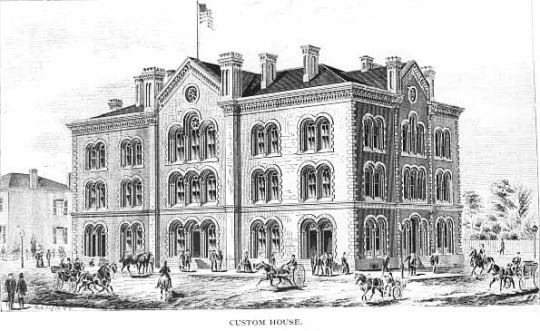
Old Customs House
Old Customs House, Minneapolis, 1876.
Public domain
Holding Location
Articles
More Information
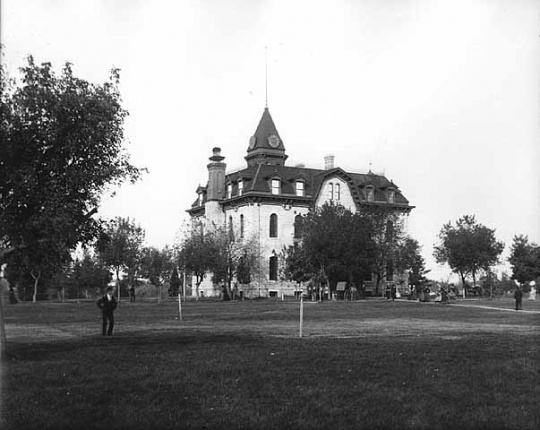
Willis Hall, Carleton College
Willis Hall, Carleton College, ca. 1890s.
Public domain
Holding Location
Articles
More Information
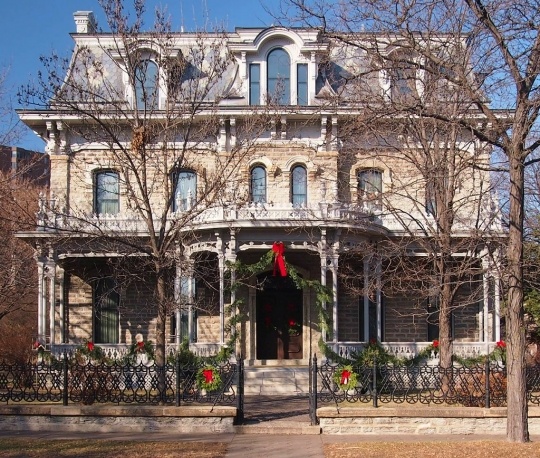
Alexander Ramsey House
The Alexander Ramsey House, 2012. Photograph by Wikimedia Commons user McGhiever.
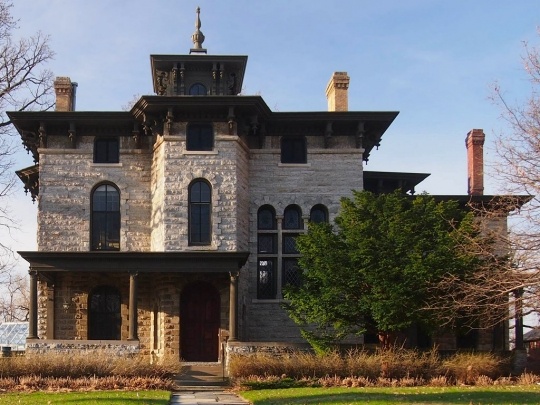
Burbank-Livingston-Griggs House
Burbank-Livingston-Griggs House, St. Paul, 2013. Photograph by Wikimedia Commons user McGhiever.
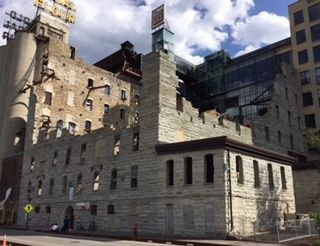
Washburn A Mill ruins
Washburn A Mill ruins, 2016. Photograph by Paul Nelson.
All rights reserved
Holding Location
Articles
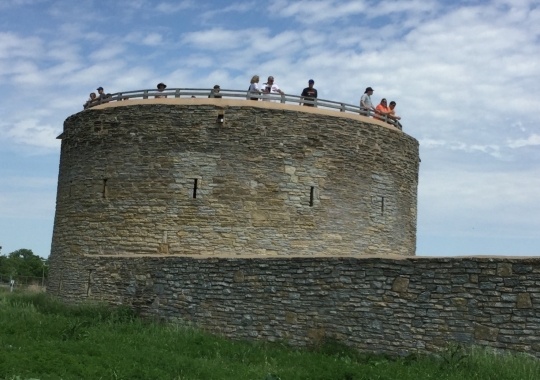
Fort Snelling Round Tower
Fort Snelling Round Tower, 2016. Photograph by Paul Nelson.
All rights reserved
Holding Location
Articles
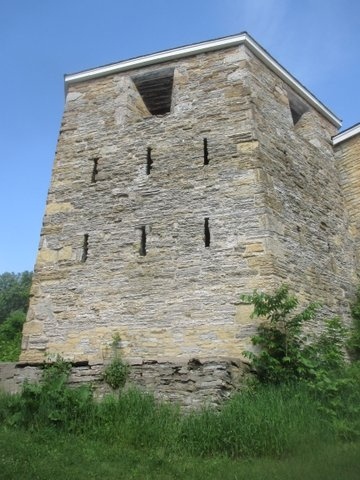
Fort Snelling Hexagonal Tower
Fort Snelling Hexagonal Tower, 2016. Photograph by Paul Nelson.
All rights reserved
Holding Location
Articles
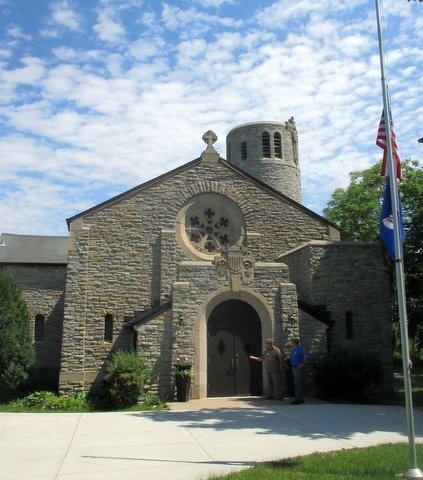
Fort Snelling Chapel
Fort Snelling Chapel, 2016. Photograph by Paul Nelson.
All rights reserved
Holding Location
Articles
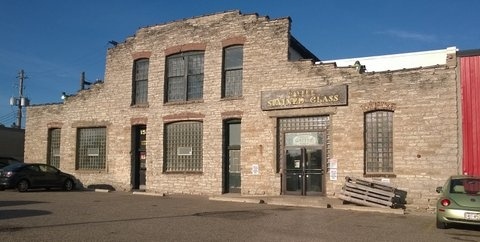
Commercial building, Central Avenue, Minneapolis
Commercial building, Central Avenue, Minneapolis, 2016. Photograph by Paul Nelson.
All rights reserved
Holding Location
Articles
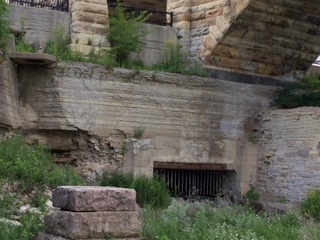
Limestone seam under Stone Arch Bridge
Limestone seam under Stone Arch Bridge, 2016. Photograph by Paul Nelson.
All rights reserved
Holding Location
Articles
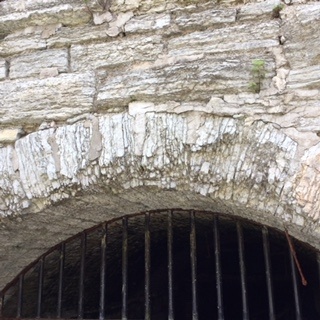
Platteville limestone arch, Mill Ruins Park, Minneapolis
Platteville limestone arch, Mill Ruins Park, Minneapolis, 2016. Photograph by Paul Nelson.
All rights reserved
Holding Location
Articles
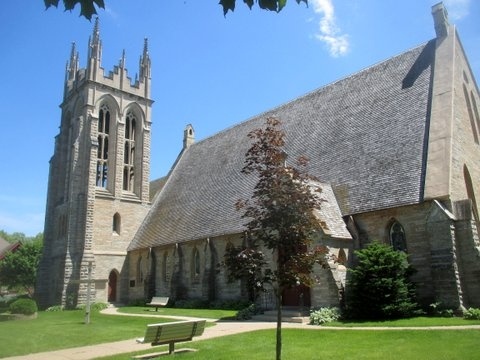
Cathedral of Our Merciful Savior, Faribault
Cathedral of Our Merciful Savior, Faribault, 2016. Photograph by Paul Nelson.
All rights reserved
Holding Location
Articles
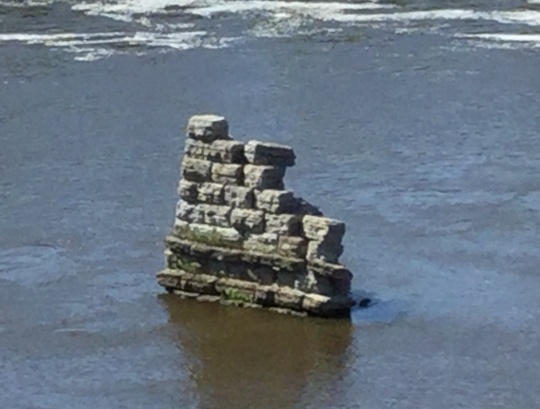
Abandoned bridge pier in the Mississippi River, downtown Minneapolis
Abandoned bridge pier in the Mississippi River, downtown Minneapolis, 2016. Photograph by Paul Nelson.
All rights reserved
Holding Location
Articles
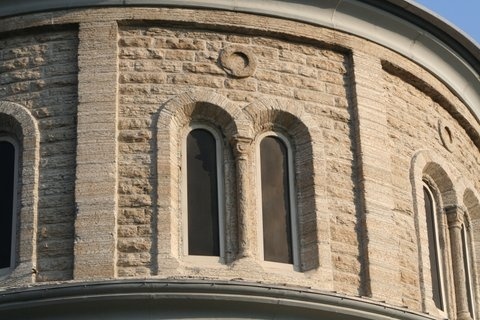
Platteville Limestone, Church of the Assumption
Platteville Limestone curve of the Church of the Assumption, St. Paul, 2016. Photograph by Paul Nelson.
All rights reserved
Holding Location
Articles
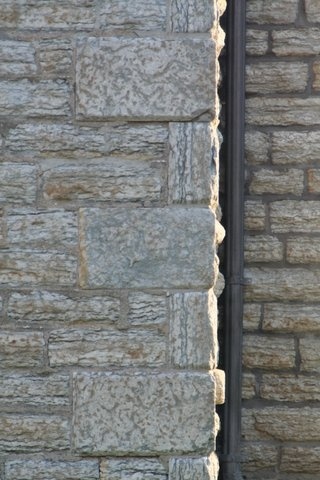
Platteville Limestone, Church of the Assumption, St. Paul
Platteville Limestone, Church of the Assumption, St. Paul, 2016. Photograph by Paul Nelson.
All rights reserved
Holding Location
Articles
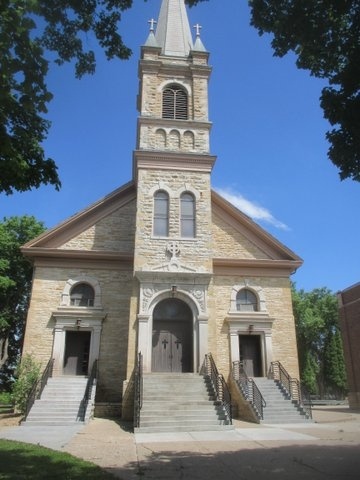
Bethlehem Academy, Faribualt
Bethlehem Academy, Faribualt, 2016. Photograph by Paul Nelson.
All rights reserved
Holding Location
Articles
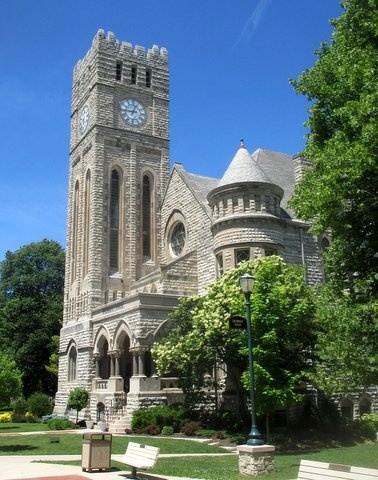
Dilley Hall, Shattuck-St. Mary's, Faribault
Dilley Hall, Shattuck-St. Mary's, Faribault, 2016. Photograph by Paul Nelson.
All rights reserved
Holding Location
Articles
Related Articles
Turning Point
In 1820, soldiers begin work on the first and biggest Platteville limestone structure, Fort Snelling.
Chronology
488 –433 million years ago
443 million–220 million years ago
14,000– 12,000 years ago
1820
1856
1863
1864
1868
1874
1880
1880s
Bibliography
Jacobsen, Christina H. “The Burbank-Livingston-Griggs House: Historic Treasure on Summit Avenue.” Minnesota History 42, no. 1 (Spring 1970): 23–34.
http://collections.mnhs.org/MNHistoryMagazine/articles/42/v42i01p023-034.pdf
Millett, Larry. Lost Twin Cities. St. Paul: Minnesota Historical Society, 1992.
Ojakangas, Richard W., and Charles L. Matsch. Minnesota’s Geology. Minneapolis: University of Minnesota Press, 1982.
Stauffer, Clinton R., and George A. Thiel. The Limestones and Marls of Minnesota. University of Minnesota, Minnesota Geological Survey, Bulletin 23. Minneapolis: University of Minnesota, 1933.
Related Resources
Secondary
Millet, Larry. AIA Guide to St. Paul’s Summit Avenue and Hill District. St. Paul: Minnesota Historical Society Press, 2009.
——— . AIA Guide to the Twin Cities. St. Paul: Minnesota Historical Society Press, 2007.
Sardeson, Frederick W. Geologic Atlas of the United States: Minneapolis–St. Paul Folio, Minnesota. Washington, D.C.: U.S. Department of the Interior, 1916.
Web
Minnesota Geological Survey. Minnesota At A Glance: Fossil Collecting in the Twin Cities Area.
ftp://mgssun6.mngs.umn.edu/pub2/mnglance/Mn_Fossils.pdf



















